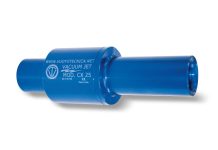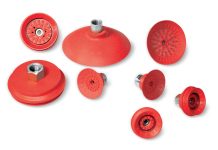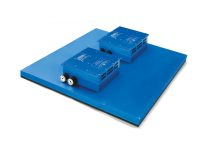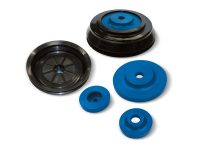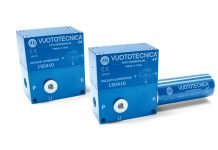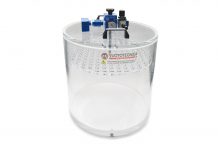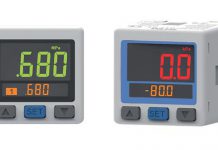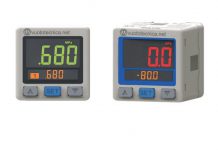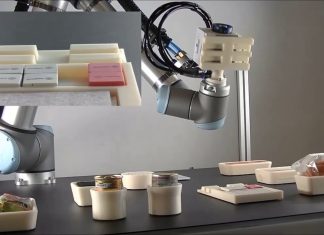
One end of the spring, in a special copper alloy, is welded to the threaded pin of the vacuum gauge – pressure gauge, forming a single body, while the other end, closed, is left free so that it moves, and therefore measures the vacuum level, based on the pressure or depression which passes through the spring’s body, deforming it.
Vacuum measurement is substantially based on the principle of operation of a spring, discovered in the 1800’s by French engineer and watchmaker Eugène Bourdon.
From this basic principle entire ranges of more and more innovative vacuum metres have been developed, enclosed in strong metal cases even with dual scale faces and indexes, available on the market in the most varied versions: vacuum metres with radial or coaxial connections, with flush flanges or for external use, dry or in glycerine baths.
The selection of vacuum measurement, control and regulation instruments is truly vast, both analogue and digital, useful to provide a very precise digital signal at the maximum set measurement value.
To find the vacuum gauge which is most suited for your activities, see the Vuototecnica team of experts, who can recommend the most customised solution for you from among the wide range of Vuototecnica vacuum and pressure gauges.
At Vuototecnica you can find all of the pressure and vacuum gauges useful for your operational needs, all built in absolute observance of safety standards and with the currently used units of measurement in the European Community.
















